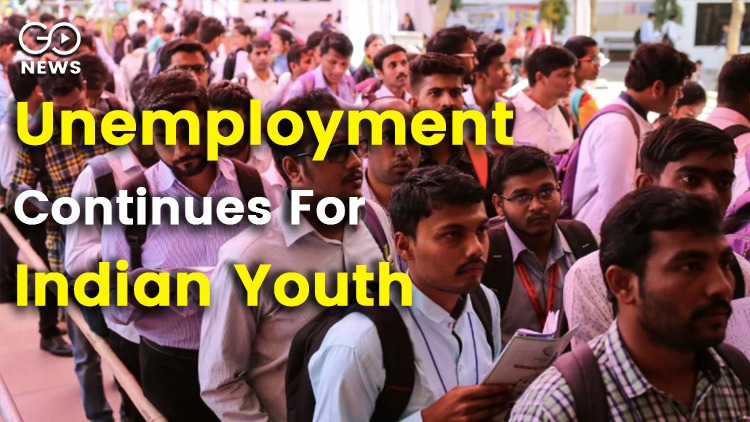Unemployment Continues For Indian Youth

Data from the International Labour Organisation (ILO) states that the unemployment rate in the 15-24 age group was 23%. This figure pertains to the year 2019.
The unemployment situation of the youth reflected in the ILO and Centre for Monitoring Indian Economy (CMIE) data for 2019 and 2021 shows that the economy of the country was suffering even before the pandemic, which has since made it worse.
The overall Indian unemployment rate was 5.36% in 2019 and is now 14.70% in 2021, according to CMIE. It rose from 6.20% at the end of January to 14.70% in May 2021. The major reason for increased unemployment rate between April to May 2021 is job loss rather than increased Labour Participation Rate (LPR). According to the CMIE’s 18 th Consumer Pyramids Household Survey completed in 2019, the unemployment rate among youth, and particularly the urban educated youth among them, was very high.
The overall Indian unemployment rate was 5.36% in 2019 and is now 14.70% in 2021, according to CMIE. It rose from 6.20% at the end of January to 14.70% in May 2021. The major reason for increased unemployment rate between April to May 2021 is job loss rather than increased Labour Participation Rate (LPR). According to the CMIE’s 18 th Consumer Pyramids Household Survey completed in 2019, the unemployment rate among youth, and particularly the urban educated youth among them, was very high.
- For age 15-19, the 2019 unemployment rate (UER) was 45%. In Jan-Apr 2021 it is 54.91%. Even if it considered a “student” age, finding employment if required got more difficult for this age group. •
- For age 20-24, UER was 37% in 2019, showing 20% increase in 2 years. In Jan-Apr 2021 UER was 38.15% for this group. •
- For age 25-29, UER was 11% in 2019, going up 3% since 2017. In Jan-Apr 2021 UER was 10.71
Latest Videos
















